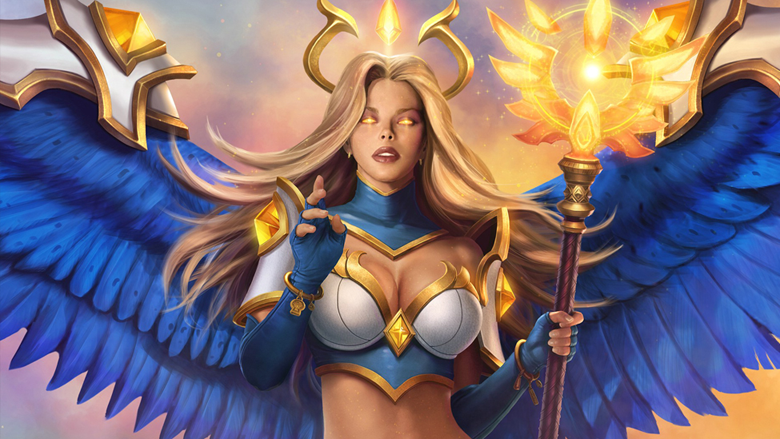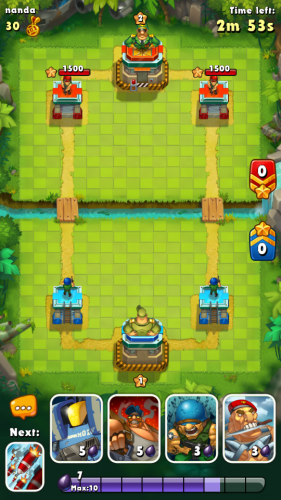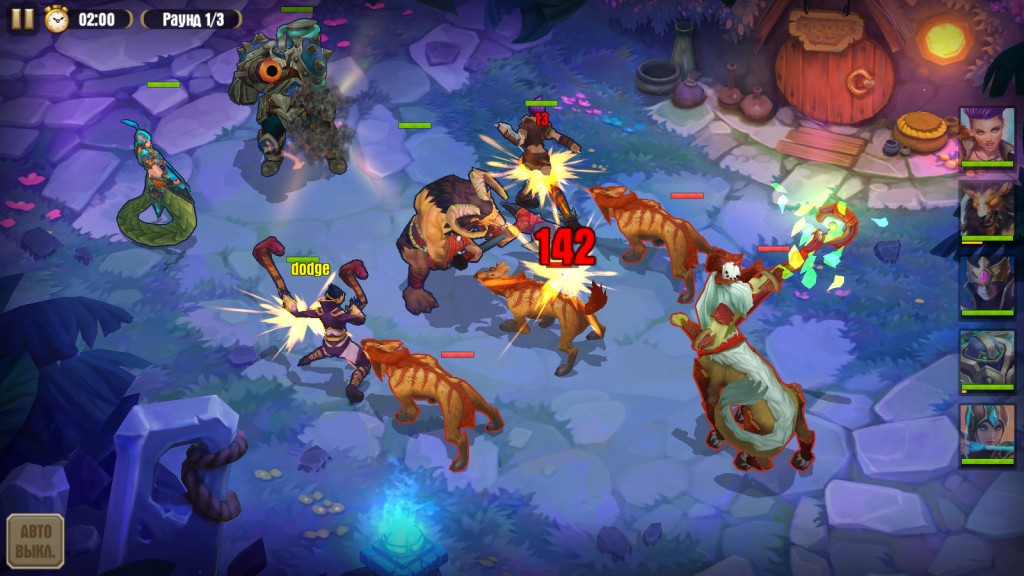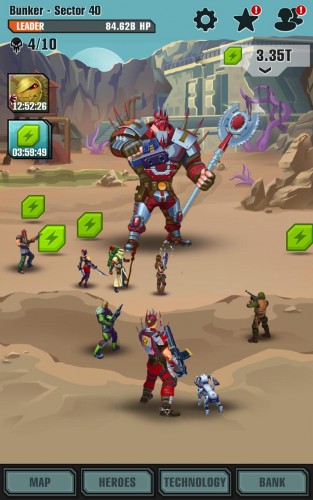Petr Kireev, CMO of mobile projects at My.com, spoke to us about his marketing team, what defines a great marketing manager and how to tell if your game release is going to be successful.

Image Credit: Juggernaut Wars
Hi! Could you please tell us what exactly you do at My.com?

Petr Kireev
Hi! I manage the marketing team of our ITT department, which is responsible for the promotion of browser and social games and affiliate programs. Since 2013 we also lead all mobile projects. So generally I manage all that has something to do with operational marketing.
As we’re going to talk about marketing mostly, let’s define all terms. What is the difference between the well-known marketing and the operational one?
Marketing is a complex of different business tools which help a product to generate profit or expand. Operational marketing is the way we call the management of all inner marketing processes.
What defines a good marketing manager?
In a perfect world, he knows where the paying traffic is hiding and how to approach it. In reality, we are not dividing managers into good and bad. The most important thing here is their skills, abilities and how they can use them.
Analytical and communicative skills are among the most important marketing tools. You must be able not only to negotiate but also to analyze information, to build cause-and- effect relationships and to deal well with numbers.
What are the objectives of your marketing department?
The main tasks are in the border areas of responsibility of different departments. At their junction, there is a zone which is controlled by operational marketing.
From 2013 to 2016 we launched more than a dozen of mobile games of different gaming studios of our company.
This year we have already released two projects (Juggernaut Wars and Jungle Clash), and two more are coming soon. As you can see the work rates are high, and the role of the people who coordinate the whole process is vital.

Jungle Clash
In addition to the receipt and transmission of the product, our job is to develop and implement promotional strategies. Also, we are responsible for identification and setting of objectives and KPI for all related departments (purchasing, PR, product), analytical research, conducting of seminars and workshops.
It all started with the launch of the first project – Jungle Heat. We launched three mobile games in 2013 and faced all possible obstacles: we were a large company entering an unknown market, and we lacked western traffic and expertise in general. We set a goal to create a unique tool that will allow us not to miss a single detail. Using the accumulated experience we developed some regulations of launching mobile projects. At the moment it’s the most important mechanism for us.
These regulations include five main milestones of the project life (alpha launch, friends, and family, soft launch, global launch and the flow), eight major stages and around 150 sub-items which have their specifications.
How many people are there in your marketing team and how many of them deal with games? Do they have any roles or specifications?
While forming the marketing department, I was guided by the idea of gathering all expert units in one team. As a result, I didn’t only organize the operating division, but also established the flow of other processes like SMM, PR, design and analytics. Now there are 15 people in my department: two SMM managers, three designers, two PR-managers, two analysts, four brand managers, two traffic managers. In the nearest future, we plan to hire an art director, who will communicate with other projects’ art directors and organize the production of important graphic assets.
At first, we used the horizontal hierarchy in operating processes, but soon we noticed the responsibility to be blurred in this case, so we had to switch to some vertical gradation.
Some say that marketing managers work much better when they are a part of a team. You separated developers from the marketing team. Why so?
You don’t have to sit in the same room to work in close coordination with the team. Here is an example: Anton Gritsevskiy, a brand manager of Juggernaut Wars, started organizing workshops involving the team. They managed to find visually perfect solutions for potential users. As a result, all marketing activities of Juggernaut Wars had high user engagement.

Juggernaut Wars
The whole process of launch preparations of Juggernaut Wars was prominent. The project belongs to a certain niche, which is quite popular and full of competitors. How to promote the game in this case?
Within the marketing department, we organized some teams and started to work out all possible ways of promotion. There were a lot of ideas of the project promotion from releasing a graphic novel about main characters to the history or pre-orders. But the key to promoting the project was its visual component: a cool picture and advanced graphic assets.
We assembled a team to study the potential audience. We used different surveys, Audience Insights on Facebook and other analytical tools. So we distinguished several types of users and created unique triggers for each type. We built this system around the interests of the users, so we were able to establish a better product positioning.
How do you solve conflicts between the marketing team and the development one? Who is more important?
A conflict is one of the fastest and most effective ways to achieve the goal. Operational marketing aims to make all process transparent. Regulations help us with that, being some kind of a check-list with clear objectives and timelines. We do our best to sort everything out and explain why it is so and not otherwise.
What marketing activities do you perform before the launch of the project?
There are six basic stages in our marketing regulations. Three of them are worked out before the release: alpha launch, friends and family and soft launch. The entire process is defined, each step has a deadline and a guide to action.
For example, the process of determining the positioning of the project is a fundamental piece of work, and it starts more than six months before the release. Our brand managers define several options, according to their KPI, and check them during a soft launch.

Heroes of Utopia
There are tons of articles about soft launch so no need to discuss it, I’d rather tell you about an alpha launch.
At alpha launch we prepare and edit; at this time the project is already available to a very limited audience. Recently, we started to upload the game in mobile stores with promo-codes for those who want to download it.
At f&f stage, we ask all our employees to take part in testing. The primary task here is to identify critical bugs and track conversion metrics on the whole walkthrough.
How do you support a project after launching? What metrics do you find important?
Any release depends on the first two weeks and around 20,000 installs. We are looking at engagement, percentage of paying users and ARPU: this is enough to find a weak point and make a decision. We start optimizing the landing page and buying extra traffic, working with graphic assets and analytics.
CPI and retention are the main metrics for us. For example, the CPI of the purchased traffic may exceed the projected LTV of the game only if the audience is extremely valuable. Day 1 retention should be more than 30% and day 7 retention is more than 10%. All the metrics are relative, and it’s a topic for another discussion.
